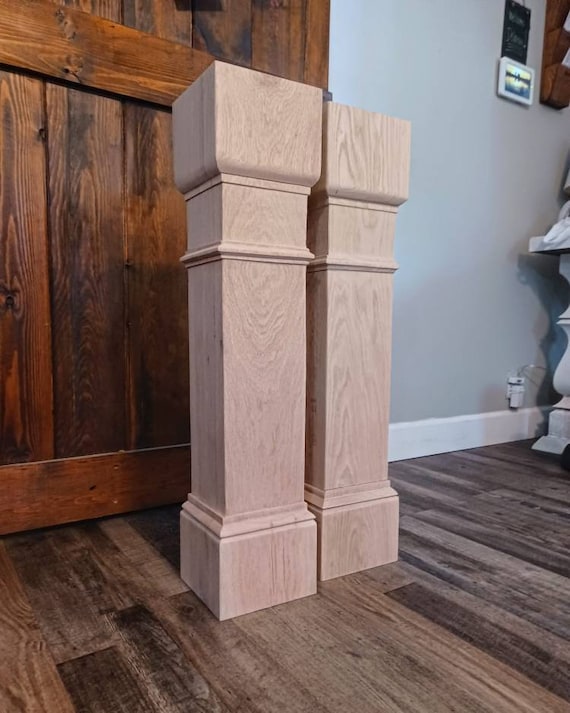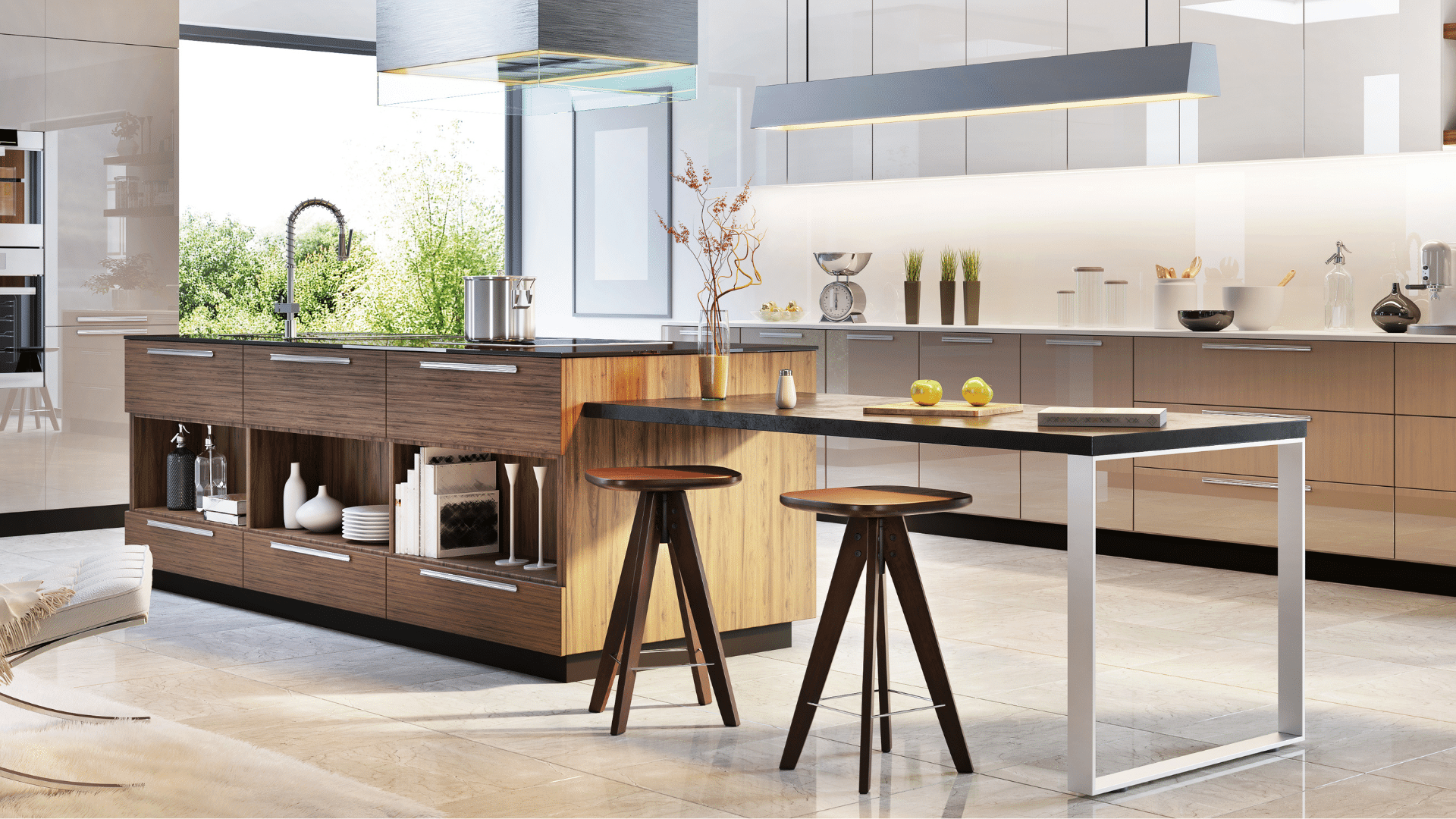One-of-a-kind Kitchen Island Legs for a Personalized Kitchen Look
One-of-a-kind Kitchen Island Legs for a Personalized Kitchen Look
Blog Article
Necessary Tips for Picking the Perfect Dining Table for Your Kitchen Area
Selecting the excellent dining table for your kitchen area is more than simply an issue of preference; it requires a comprehensive understanding of your area and demands. The shape of the table plays an essential role; while rectangular tables suit bigger areas, round ones foster intimacy, and extendable choices supply flexibility. The table ought to balance with your cooking area's looks and accommodate your family conveniently.
Step Your Room
Selecting the ideal eating table starts with a careful assessment of your available area. This foundational action guarantees that the table not just fits conveniently within the space but also complements the general layout and functionality of your eating area. Begin by gauging the measurements of the area, considering entrances, home windows, and any type of existing furniture. This will certainly aid you identify the optimum allowable dimension for your table.
Consider the flow of motion around the table. It is essential to leave ample room for chairs to be drawn out and for people to relocate around the table without blockage. A general general rule is to allow at the very least 36 inches of clearance from the side of the table to the local wall surface or furniture piece. This ensures convenience of accessibility and convenience during meals.
In addition, consider the number of people you generally delight and whether you require added space for guests. Going with an extendable table can supply adaptability, enabling you to accommodate varying varieties of restaurants. By properly measuring your space, you lay the foundation for choosing an eating table that improves both the aesthetics and capability of your eating location.
Pick the Right Forming

On the other hand, round tables are superb for smaller kitchens or intimate events, as they advertise discussion by permitting every person to encounter each various other. They likewise supply a sense of comfort and can fit well in tighter areas due to their lack of sharp corners. Oblong tables offer the most effective of both globes, incorporating the length of rectangle-shaped tables with the intimacy of round ones, making them versatile for various setups.
Square tables are an additional alternative, especially fit for square-shaped rooms. They develop a modern and balanced appearance, promoting an equivalent dining experience for all seated. They might be much less practical for larger celebrations unless they come with expansions. Inevitably, the form you choose must line up with your room measurements and way of living to guarantee both kind and function.
Product Considerations
When picking an eating table, material factors to consider are paramount in figuring out the table's durability, upkeep needs, and general aesthetic. Wood is a traditional option, offering timeless appeal and robustness. Hardwoods like oak, mahogany, and walnut are specifically durable, though they can be costly. kitchen island legs. Softwoods, such as want, are a lot more inexpensive however might be vulnerable to dents and scrapes.
Glass-topped tables provide a contemporary, streamlined appearance and can make an area show up larger as a result of their openness. They call for regular cleaning to stop spots and fingerprints. Furthermore, solidified glass is suggested for its added toughness and safety.

Lastly, composite products like MDF (Medium-Density Fiber board) or plywood are affordable alternatives. These products can simulate the look of solid wood yet may not supply the exact same longevity. They are typically simpler to clean however can be vulnerable to water damage if not properly sealed.
Ultimately, the option of product must align with your kitchen area's style, your way of living requires, and your budget plan constraints. (kitchen island legs)
Seats Ability and Comfort
Just how do you figure out the ideal seats capacity and convenience for your eating table? For a family of 4, a rectangle-shaped table of 48 inches long or a round table with a 48-inch diameter is usually sufficient.
Comfort is just as crucial. The elevation of the table must preferably be around 30 inches, providing a well balanced ergonomic stance for seated restaurants. Chairs should sit height of 18 to 20 inches to ensure a comfortable dining stance. Furthermore, think about the chair layout; encouraging back-rests and upholstered seats can improve eating comfort significantly, particularly throughout prolonged dishes.
Design and Aesthetic Appeal
Selecting a table that suits your design and aesthetics includes balancing individual taste with the existing design of your eating area. The eating table is typically the focal point of the kitchen, and its layout must match the general theme of the space. Whether your kitchen flaunts a modern, minimal look or a rustic, farmhouse appeal, the table you pick ought to integrate with these elements to develop a natural and welcoming environment.
Take into consideration materials very carefully; wood uses an ageless charm and can vary from rich mahogany for a traditional aim to lighter oak for a contemporary feeling. Metal and glass tables, on official statement the other hand, can introduce a streamlined, industrial side to your kitchen area. Don't overlook the table's form-- rectangular tables are versatile and timeless, while round and oblong alternatives can cultivate an extra intimate dining experience.
Furthermore, pay close focus to finishes and details. A distressed surface might include personality and heat, whereas a shiny surface can add to a clean, contemporary aesthetic. Ultimately, your table should not only fit flawlessly right into your kitchen's design yet also mirror your personal design, elevating the space both functionally and aesthetically.
Conclusion
Finally, choosing the excellent table for a kitchen area necessitates mindful assessment of space, form, product, seating capability, and aesthetic consistency. Ensuring a minimum clearance of 36 inches assists in comfortable activity, while the option of shape enhances spatial characteristics. Product option effects longevity and layout, making it essential to align with the kitchen's general aesthetic. Ultimately, an appropriate table cultivates an inviting ambience and fits the house comfortably, thus improving the dining experience.

When choosing an eating table, material factors to consider are paramount in determining the table's durability, upkeep needs, and total aesthetic. For a household of 4, a rectangle-shaped table of 48 inches long or a round table with a 48-inch size is typically enough.
Don't ignore the table's shape-- rectangle-shaped tables are timeless and functional, while round and oblong choices can promote a much more intimate eating experience. kitchen island legs.
Report this page